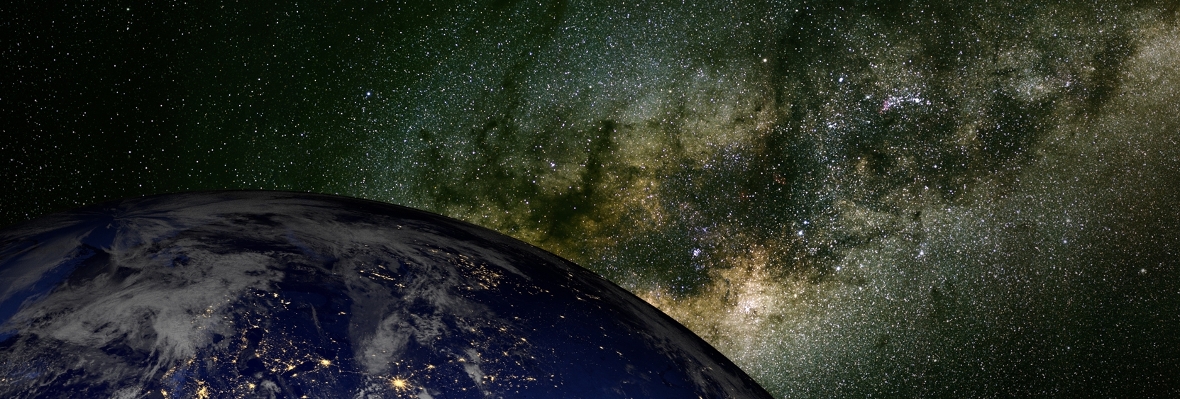Searching for life in the Universe
Is there extra-terrestrial life out there? It now looks as though we can sketch out an answer to this enduring question. Leiden Observatory is helping to build new instruments to find the most promising exoplanets.
Lifeless ‘gas giants‘
The first exoplanet – a planet that orbits another star than our Sun – was only discovered in 1995, but over 3,000 have since been found. Their existence is usually detected indirectly, and they are almost all ‘gas giants’ like Jupiter, where no known life can exist.
If we want to directly observe exoplanets that are like the Earth, we will need much more powerful telescopes and instruments. Then it will even be possible to study their atmosphere. If chemically active gases such as oxygen (O2), ozone (O3) and methane (CH4) are present in its atmosphere, this is a strong indication that an exoplanet is teeming with life.
Mini solar eclipse
It is always difficult to obtain a good image of an exoplanet, because the star that it orbits emits much more light than the exoplanet itself reflects. This ‘outshining’ of a weaker source of light by a much stronger one is also the reason why we cannot see stars in the daytime. Only during a full solar eclipse, when the Moon passes before the Sun, do we see stars in the sky near the Sun. The solution for detecting an exoplanet appears simple: shield off the image of a star in a telescope with a black disc, a kind of mini solar eclipse that will reveal the exoplanet
Unfortunately, what works on the scale of the Earth and moon does not automatically work in a telescope that is millions of times smaller. Essentially, this is because light has wave-like properties and some of the starlight travels around the edges of the black disc and thus mixes with the light from the exoplanet in the telescope.
Polaroid sunglasses
So what is the solution? Astronomer Matt Kenworthy: ‘This problem has been at an impasse for years, but suddenly people are coming up with new ideas.’ Kenworthy shows us a piece of plastic the size of a euro coin. ‘This was designed here.’ In the middle of the transparent ‘coin’ is a rosette in the colours of the rainbow – a microscopic polarisation pattern that has been etched into it with a UV laser beam. You could call the coin a very advanced pair of polarised sunglasses. The custom polarisation pattern manipulates light waves that pass through in such a way that the light from a distant star is separated from the light of the exoplanet.
All the light from space that enters one of the four Very Large Telescopes (VLTs, mirror diameter eight metres) in Chile, or the future European Extremely Large Telescope (ELT, mirror diameter 39 metres) will ultimately pass through these glass coins as the hunt for exoplanets continues. It will therefore be possible for the first time to use telescopes on Earth to view the atmosphere of large numbers of exoplanets.

Conditions for life
We will then also be able to see if water vapour, a condition of life, is present in the atmosphere of exoplanets and gases such as O2, O3 and CH4, which are generally produced by life processes. Exoplanet hunter Ignas Snellen: ‘If we can analyse whole collections of exoplanets, we will find out, for instance, if oxygen occurs on one type of exoplanet only.’ This would be another indication that this is the type of exoplanet where life arises. Snellen: ‘But it’s not a smoking gun. It’s about the combination and amount of such gases.’
They won’t venture a guess as to how long it will take before we find extra-terrestrial life: ‘We really don’t know. But we do know that life arose on Earth relatively soon after the circumstances here had become favourable. It may prove really easy to create life, and extra-terrestrial life may prove common.’
Due to the selected cookie settings, we cannot show this video here.
Watch the video on the original website or
